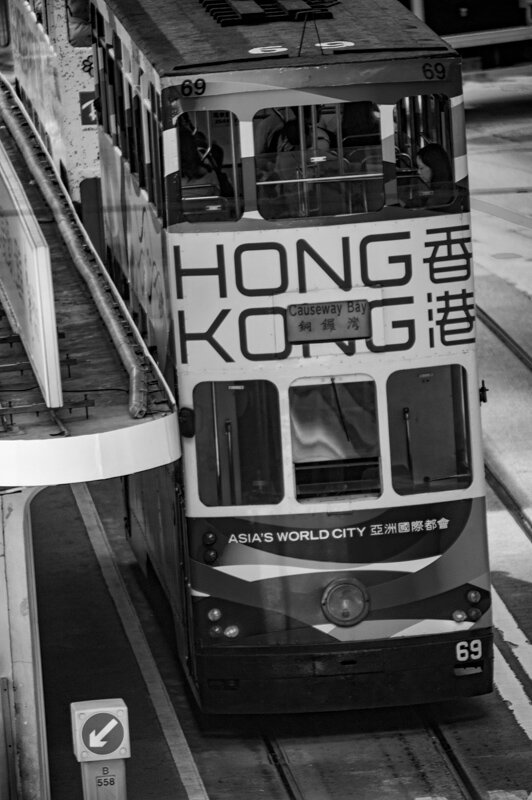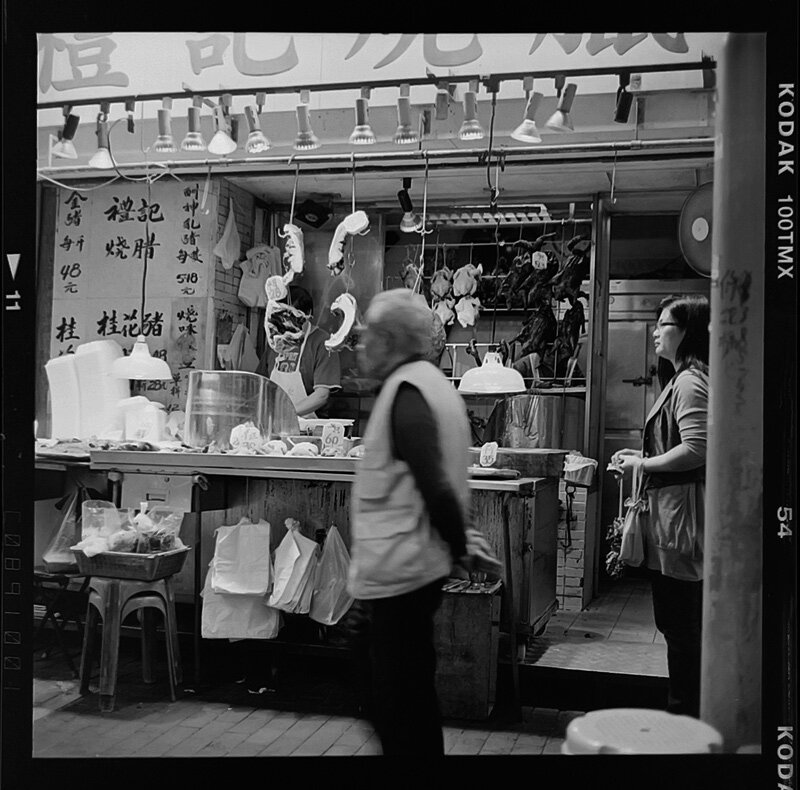Ding - Ding
Hong Kong is hai gaw (shrimp dumplings) and lai cha (milk tea) and a swirling kaleidoscope of bright colors, Cantonese Opera, barbershop culture, and clean geometries. At every turn, there is a more fantastic burst of color, more shimmery than the last.
Hong Kong can be overwhelming. It is at the same time a visceral pleasure, a cacophony constantly luring into strange questions and chasing shadows which sucks you into a whirling history.
The city of today can be best described as a jumble. It consists of four central regions: Hong Kong Island, Kowloon Peninsula, New Territories, and about 261 Outlying Islands. With Hong Kong Island being the center of the administration and a shopping parade, a city that absolutely arrests your senses.
Hong Kong is a place of international commerce; Kowloon a Tetris board with a density that challenges one's tolerance. The Outlying Islands provide instead urban dwellers a serene and escapist break from the hectic pace of the Hong Kong work week.
Like a caterpillar, the streetcars of the tram wind through Hong Kong Island. At the top of the second, elevated step of the tram a carousel like turnstil awaits. Whirling in cyclical rotation, the shiny metal bars evoke a childhood nostalgia of passing into a carnival ride's gates.
With a floor-activated horn ringing the note: ding-ding, the aptly named moniker is an appropriate one. As the tram pulls towards the next stop, the passengers slide in disposition, imitating a waltz to get to the exit.
Every seat is like a front row in a theatre to see the outside street performance. The wooden framed windows need some jostling before opening and get some fresh air. Horns from opposing tracks alert passengers to keep arms and heads within.
The pace of the tram is constant, rarely exceeding 15 kph. The tram is an antithesis of everyday Hong Kong. In a way, it's a black sheep of countless city council debates, asking for the removal of the center tracks for additional car lanes. Demonstrations and conservation groups have successfully blocked such bills from passing.
The ding-ding is a demonstration of slow living and a deceleration in a city that only wishes to speed up.
As a photographer, there is a search for a story that moves or speaks to us beyond the use of words. There is an urge to see live in a series of frames, allowing a dialogue and leave enough parts incomplete to spark imaginations. A visual narrative, like poetry in emotions and movement. It charges the space, providing a current and surge of sentiment.
The olden days of dai pai dongs (big license food stalls) and cart noodles are mostly gone in order to clear the space for pedestrian and cars. Like these parts of the city, many other aspects may soon join the memory lane. Aspects of glories that have passed. As photographers, we are constantly working on borrowed time, a medium ill-equipped to capture the exactness of a place and only offer a taste of the atmosphere of what was here before. With each tick of the clock, we are pressed against the inevitable passing of time and the ground that shifts beneath us.
If there is an impression this city wishes to leave, it's the ephemeral quality it has announced to the world, a characteristic most global cities exhibit. In this vein, the elderly population in Hong Kong appears to be the only individuals who exhibit and reflect on the enjoyment of slow living and are old enough to recall the glory moments within these urban canyons.




























